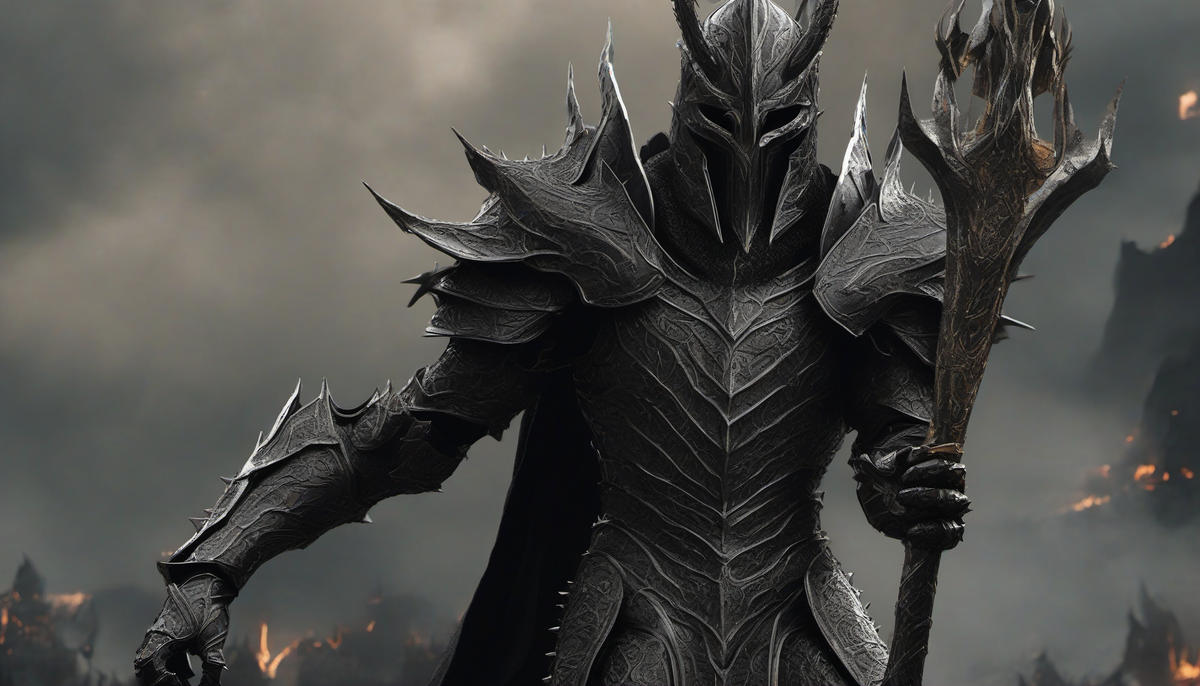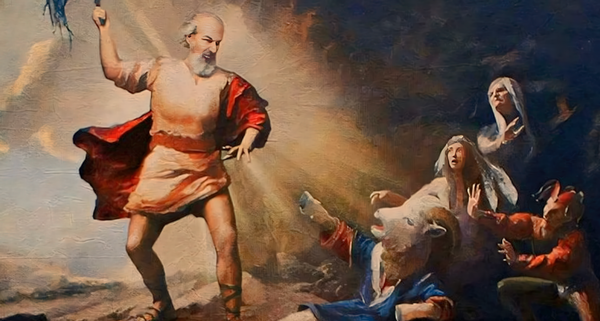Sauron's origins and evolution in The Silmarillion
To truly understand Sauron, we must venture back to the earliest days of Middle-earth, when the world was young, and the divine beings known as the Ainur shaped the lands and seas.

To truly understand Sauron, we must venture back to the earliest days of Middle-earth, when the world was young, and the divine beings known as the Ainur shaped the lands and seas. In those days, Sauron was a Maia of the divine craftsman Aulë, but he was seduced by the Dark Lord Morgoth, drawn to his power and vision of a world under his dominion.
Sauron's descent into darkness wasn't abrupt; it was a gradual transformation that revealed the many layers of his character. His initial loyalty to Aulë speaks of a being with great capacity for creation and beauty, but his susceptibility to Morgoth's influence unveils a darker side.
Morgoth's loyal lieutenant, Sauron, became a master of manipulation and deception, honing his skills in sorcery and cunning to further the Dark Lord's ambitions. The First Age of Middle-earth was marked by their reign of terror, as the land and its inhabitants were subjected to violence and despair.
But when Morgoth fell, Sauron's story took a new turn. In the absence of his master, Sauron seized the opportunity to claim the mantle of Dark Lord for himself. He retreated to the land of Mordor and began to forge his own legacy, one that would haunt Middle-earth for ages to come.
Throughout the Second and Third Ages, Sauron's character continued to evolve, as he developed new strategies and tactics to achieve his ultimate goal of dominion over Middle-earth. He became a shapeshifter, a master of disguise, taking on numerous forms to deceive and ensnare his enemies.
In the Second Age, Sauron's cunning truly shone, as he adopted the persona of Annatar, the "Lord of Gifts." Under this guise, he befriended the elven-smiths, sharing with them his knowledge of craftsmanship and ultimately guiding them in the creation of the Rings of Power. In secret, he forged the One Ring, an object of immense power designed to bind and control the other rings.
Sauron's role in The Silmarillion is pivotal, and his character development serves as a backdrop to the events that unfold throughout the ages. His influence reaches far beyond the boundaries of Mordor, touching the lives of Elves, Dwarves, and Men, as he weaves his web of deceit and destruction.
The complexity of Sauron's character lies in the duality of his nature. He is a being of immense power and intelligence, capable of great beauty and creation, yet his ambitions and desires lead him down a path of darkness and devastation.
As we delve into the intricate narrative of The Silmarillion, the figure of Sauron stands as a testament to the power of storytelling and the richness of Tolkien's world. The evolution of this enigmatic antagonist serves as a reflection of the timeless struggle between light and darkness, a theme that resonates throughout the ages and the pages of this epic tale.




